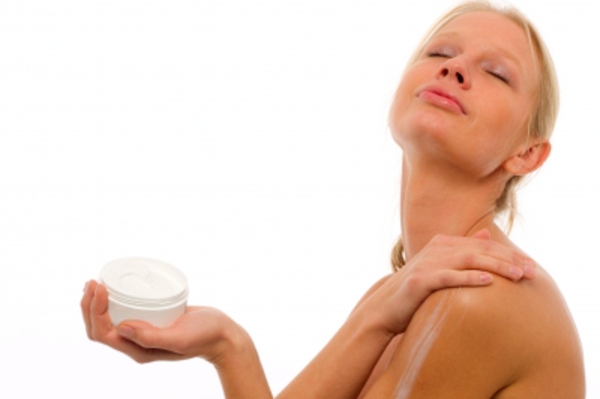It is always important to read product labels and see what sorts of ingredients a certain product contains. Moreover, it’s also essential to test a new product on a small patch of skin first before using it on a larger area to find out if a user is sensitive to the product. Those who love their skin should do these things to protect it since it’s possible for individuals to obtain burns or experience allergic reactions from using new products. So, people should be extra careful when using new varieties of creams, moisturizers or toners on their skin that contain chemicals that could damage it. In case of skin damage due to damaging products, people can take legal action to get compensation and to make sure that these items are taken off of the market to protect other consumers.

When products contain the chemicals listed below, it’s best to consult a dermatologist first before using. Be aware of likely symptoms and know what the warning signs are when using certain products. Be familiar with first aid measures for skin burns as well.
Retinol
Most people mistake Retinol for Retin-A. These two are not exactly the same as Retinol is Vitamin A in its active form, while Retin-A is its synthetic form. These vitamin A derivatives are widely used in anti-wrinkle creams and anti-acne creams because these can be absorbed into the skin and encourage skin rejuvenation. However, there have been incidents wherein people who used creams that contain Retinol or tretinoin, another term for Retin-A, experienced severe skin itching, burning or stinging. A number of individuals have sustained minor burns due to retinol use, which is characterized by redness and some pain on the skin. Scaling or flaking may also occur.
Benzoyl Peroxide
Most acne-fighting products contain a small amount of benzoyl peroxide. Those that contain 2.5% to 10% benzoyl peroxide are considered as “mild” and these can be bought without a doctor’s prescription. Benzoyl peroxide acts by lessening the amount of oil produced by the skin, reducing bacteria and alleviating inflammation. Nevertheless, users should be careful since creams containing benzoyl peroxide have been known to cause stinging and burning. Some individuals, particularly those who used ointments with higher concentrations of benzoyl peroxide, have reported permanent skin damage. Hence, it’s always best to seek the advice of a dermatologist before using strong chemicals on the skin.
Glycolic Acid
People are certainly familiar with AHAs or alpha hydroxy acids since most skincare items that are used to peel skin contain AHAs. Glycolic acid is derived from AHAs and it is typically used by expert dermatologists when peeling skin to remove wrinkles, acne or pigmentations. The acid is only left on for a specific period and then removed. Another product is applied on the skin to neutralize or counteract the effect of the acid so that skin damage is avoided. There are several over-the-counter glycolic peels and many who have used such products experienced burns. Some even suffered very serious third degree burns. Thus, it’s very important to exercise care when using glycolic acid because it is very strong and it can be very damaging.
Salicylic Acid
Many products for acne treatment and for skin renewal contain salicylic acid, which is also a form of hydroxy acid. Although it is used to exfoliate the skin, which is the process of removing dead skin cells to encourage new growth, salicylic acid has also been known to cause slight skin irritations and minor burns.
Citations:
- FreeDigitalPhotos.net
Claire Waltham is a freelance writer who blogs for a respected Sherman Oaks, CA personal injury attorney and several prominent Los Angeles lawyers. Waltham specializes in personal injury issues.

